Dampness elimination is difficult, harder than reaching the sky.
In Traditional Chinese Medicine (TCM), there is a saying: “A thousand cold conditions can be easily removed, but dampness is hard to eliminate.”
Another saying in TCM states that dampness is like oil mixed into flour. One can imagine how difficult it is to extract the oil once it has mixed with the flour.
How should we understand dampness? What methods does TCM have for dampness elimination?
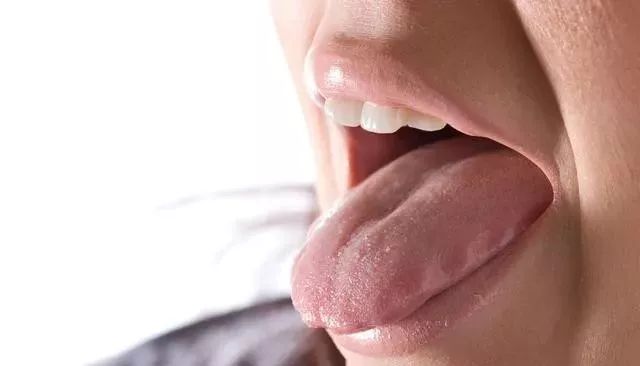
First, let’s understand what dampness is.
Dampness is a concept in TCM. Many people only have a general understanding of it from its literal meaning, but they do not fully comprehend what dampness actually is.
People generally know that those with heavy dampness often exhibit four symptoms: spleen deficiency, poor appetite, thick tongue coating, and virtual obesity with edema.
Additionally, some individuals with heavy dampness may experience symptoms such as fever, body aches, cloudy yellow urine, and foul breath.
Because of this lack of understanding, many people have no concept of dampness elimination. They are eager to try any remedy they hear about that claims to eliminate dampness.
However, for those who have a deep understanding of TCM, explaining dampness is not difficult.
We can compare a person with heavy dampness to a wet towel.
To dry the towel, we can wring it out, sun dry it, bake it, or air dry it, etc. The methods of dampness elimination in TCM are remarkably similar to these actions.
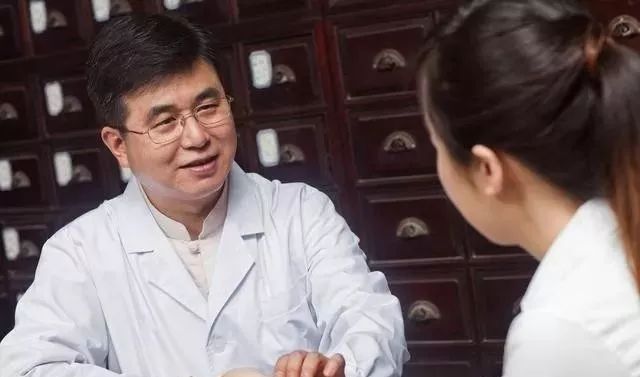
First Method of Dampness Elimination in TCM: Promoting Dampness Discharge
Wringing out the towel allows the water to drop, which corresponds to the first method of dampness elimination in TCM: promoting dampness discharge.
Promoting dampness discharge, also known as diuresis, simply means using diuretic herbs to help our body expel dampness directly through urination.
Promoting dampness discharge is the foundation of dampness elimination, as it accounts for the largest proportion of expelled dampness.
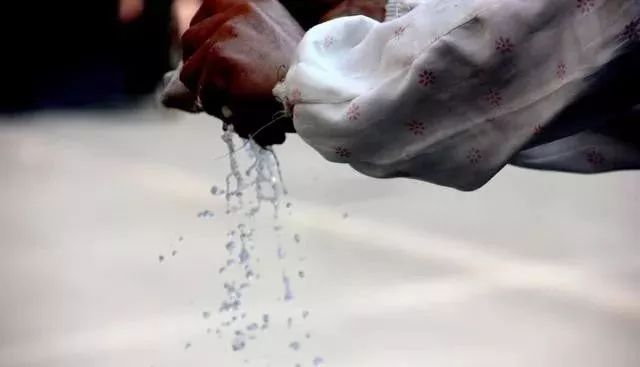
Second Method of Dampness Elimination in TCM: Promoting Sweating
After wringing out the towel, we can place it under the sun to accelerate the evaporation of moisture.
This method corresponds to the second method of dampness elimination in TCM: promoting sweating.
Promoting sweating means allowing moisture to slowly seep out of the body, which corresponds to the fine beads of sweat that appear on our faces.
Using herbs that induce sweating can help dampness to gradually seep out from every pore of the body.

Third Method of Dampness Elimination in TCM: Drying Dampness
Using a stove to dry the wet towel corresponds to the third method of dampness elimination in TCM: drying dampness.
Drying is related to fire. We can use warm herbs to create internal heat that steams away dampness. Fourth Method of Dampness Elimination in TCM: Wind Dispelling Dampness
When there is no sun, wind can also dry the wet towel.
Using the principle of wind to eliminate dampness corresponds to the fourth method of dampness elimination in TCM: wind dispelling dampness. However, this wind is not natural wind; it does not mean using a fan or air conditioning, but rather generating a wind within the body.
How do we create this wind? The liver governs wind. We need to allow the liver qi to flow freely, so that our internal organs can bask in the spring breeze.
For this, we need herbs that soothe the liver and regulate qi, creating a gentle breeze within the body.
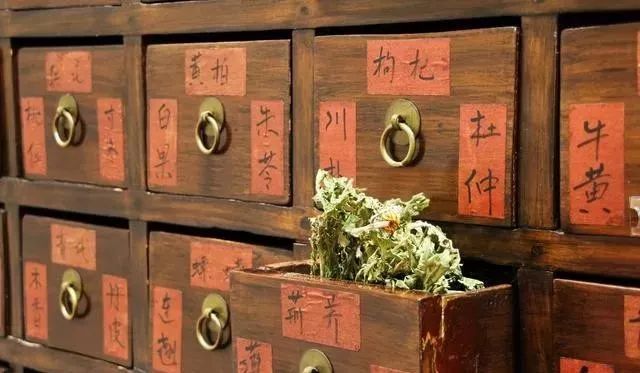
Fifth Method of Dampness Elimination in TCM: Aromatic Transformation of Dampness
In addition to the four easily understood methods of dampness elimination, TCM also has the concept of aromatic transformation of dampness.
Aromatic herbs generally possess dampness-eliminating properties. This is because aromatic herbs can enhance the spleen and stomach’s ability to transform and transport, allowing clear yang to rise and turbid yin to descend, thus naturally eliminating dampness.
The classic formula for dispelling dampness and cold, Huo Xiang Zheng Qi San (Agastache and Patchouli Powder), primarily uses the aromatic herbs Huo Xiang (Agastache) and Pei Lan (Patchouli).
In summary, the methods of dampness elimination in TCM can be approached from five angles: promoting dampness discharge, promoting sweating, drying dampness, wind dispelling dampness, and aromatic transformation of dampness.
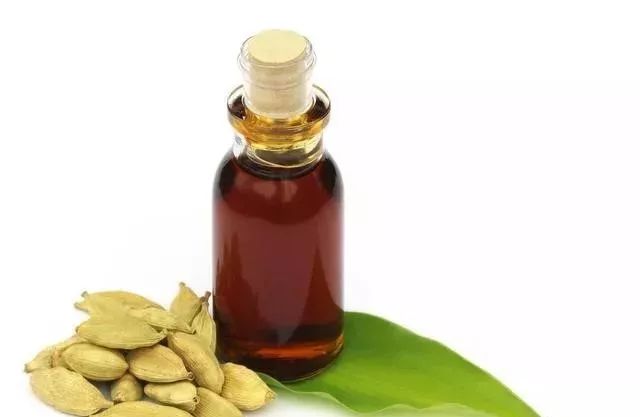
The Fundamental Approach to Dampness Elimination: Strengthening the Spleen
After hearing the above discussion, everyone might feel relieved. With so many methods to eliminate dampness, is there still a need to worry about dampness invading?
Well, there is indeed still a concern.
The five methods of dampness elimination mentioned above are all aimed at existing dampness, but they do not address the root cause of dampness. If we only treat the symptoms without addressing the root cause, we will find ourselves in a situation where we are eliminating dampness while simultaneously producing more dampness, which is a waste of effort.
So how can we address the root cause? The answer is to strengthen the spleen. The spleen belongs to the earth element, which is specifically antagonistic to water in TCM’s five elements.
The Huang Di Nei Jing (Yellow Emperor’s Inner Canon) states, “All dampness and swelling belong to the spleen,” thus to eliminate the source of dampness, we must regulate the spleen and stomach.
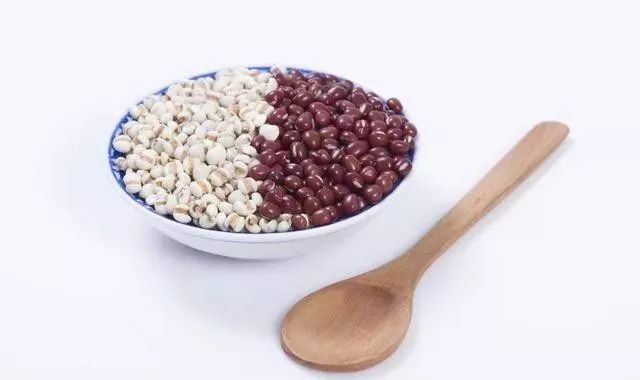
How to Eat for Dampness Elimination
With so many methods for dampness elimination, how can we incorporate them into our daily diet as much as possible?
For promoting dampness discharge, we can use Yi Yi Ren (Job’s Tears) and Chi Xiao Dou (Adzuki Beans), which are effective for dampness elimination. This is similar to controlling moisture, making it easier for the wet towel to dry.
For promoting sweating, we can use Sheng Jiang (Fresh Ginger), which can help induce sweating and allow dampness to seep out through the pores.
For drying dampness, we can use Chen Pi (Dried Tangerine Peel), which can dry dampness and transform phlegm.
For wind dispelling dampness, Chen Pi can also be used, as it can soothe the liver and regulate qi, allowing the liver to flow smoothly.
For aromatic transformation of dampness, we can use Chen Pi and Cao Guo (Tsaoko Fruit). Chen Pi and Cao Guo are common spices in the kitchen, often used in meat dishes.
To strengthen the spleen, we can use Sheng Jiang (Fresh Ginger), Da Zao (Jujube), and Bai Bian Dou (White Hyacinth Bean), which are commonly used by Zhang Zhongjing for spleen health.
All of the above herbs belong to the category of food and medicine sharing the same source.
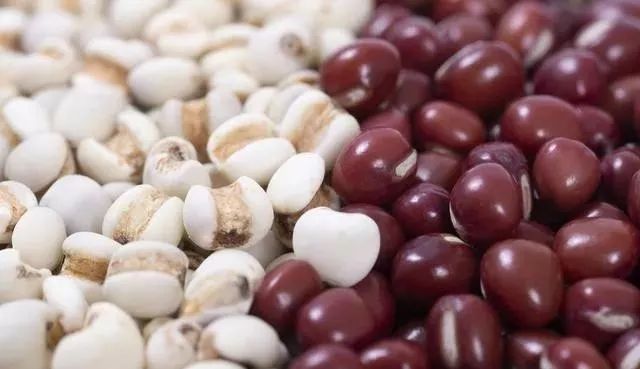
In daily life, you can prepare a drink using Yi Yi Ren and Chi Xiao Dou powder. Use Chen Pi and Sheng Jiang to prepare dishes or juices to add to the Yi Yi Ren and Chi Xiao Dou powder. As the season for jujubes approaches, enjoy a few.
More Exciting Recommendations:
The “Best” for Dampness Elimination is not Yi Yi Ren or Chi Xiao Dou; stick to 1 water to stay away from dampness.
Home remedies for severe insomnia, six treatments for difficulty falling asleep.
Hepatitis B home remedy that costs nothing to ease the liver, treat hepatitis with one main herb—Hong Guo (Red Lady).
How much Astragalus should be used for optimal effects when soaked in water?
Amazing: One herbal remedy can cure pharyngitis! Proven effective every time.

